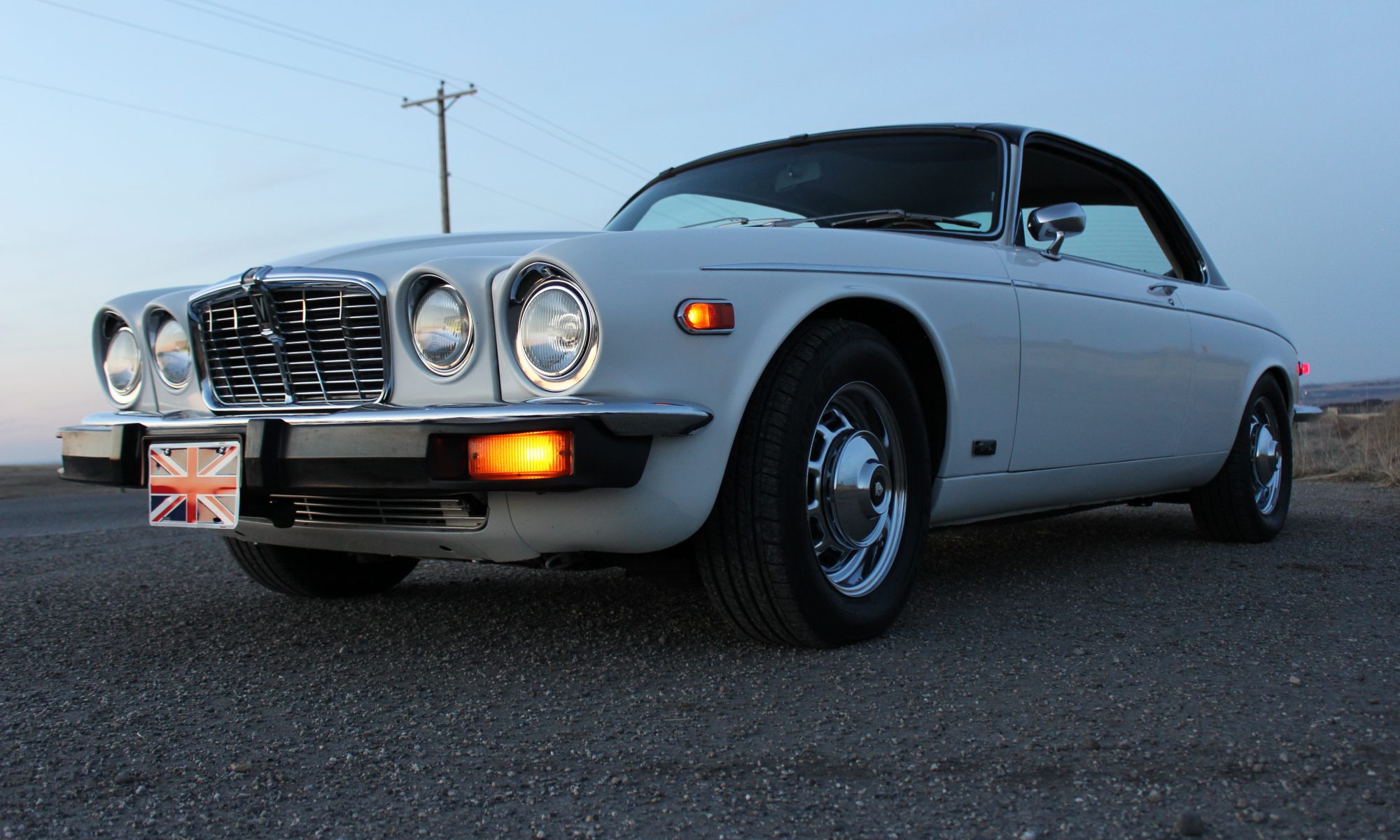Shortly after purchasing the car I logged the following comment “After engine is warm, rough idle and hesitation on acceleration”. Over the last 20 years, this has been the most consistent annoyance. The following has been done to try and address it:
- Regular tune ups
- Upgrading the ignition
- Many projects to improve cooling
- Projects to ensure full fuel pressure and monitor fuel pressure while driving
- Projects to reduce heat soak in the engine bay after shutdown
I have summer driven the car every year. Most years, I will occasionally commute on nice days and run all the local around town trips possible. I could drive hundreds of miles without an issue. The issue will most typically show up as follows. On a hot day, and after driving enough to get the car hot, I would park, be gone for 10 to 30 minutes and come back to a hard starting car and rough running for about the first 5 minutes or so.
Theories
My basic theory has been that something is not working as it was designed to. The forums log this problem on the V12’s and there have been other theories about poor original design, but I have felt that Jaguar would not have released a design with this basic issue. After all, the V12 was sold and operated in hotter climates than I have ever lived in. But…I have gone through many of the electronic, fuel and cooling subsystems in the car and either serviced, repaired or upgraded them. Some years I would very rarely get the problem and other times it would be more consistent.
Then we moved to Calgary, Alberta and the problem occurred more frequently. Why would that be……..I am not sure, but here is my current thinking and direction. It could be some part that is just getting older and flakier in hot running conditions, or it could be vapor lock that has been made worse by driving at a higher (3,500 ft) elevation.
There are two schools of thought on vapor lock in the V12, and I have been squarely in the first camp.
How can a fuel injected car have vapor lock? Even if the original fuel rail design is not optimal, as soon as the car is running the fuel pressure is 30 psi and should clear out any vapor areas. Even though I had read about other peoples projects to address it, well respected voices on the forums felt it was not really a possible explanation.
The second camp feels that the original design of Jaguars first generation fuel injection for the V12 (a version of Bosch’s D-Jetronic) had an issue with the fuel rail design and that “fuel bubbles” could result at high temperatures causing rough running. Bernie Emblem and Ed Sowell have early XJ-S’s with the same version of fuel rail and have retrofit their cars with good results.
Well….It seems like the next logical step to try, so I will replace the original fuel rail with a later V12 (HE) square tubing rail. This will be a project I start in the next few months and will provide real-time updates as it goes along.






You must be logged in to post a comment.